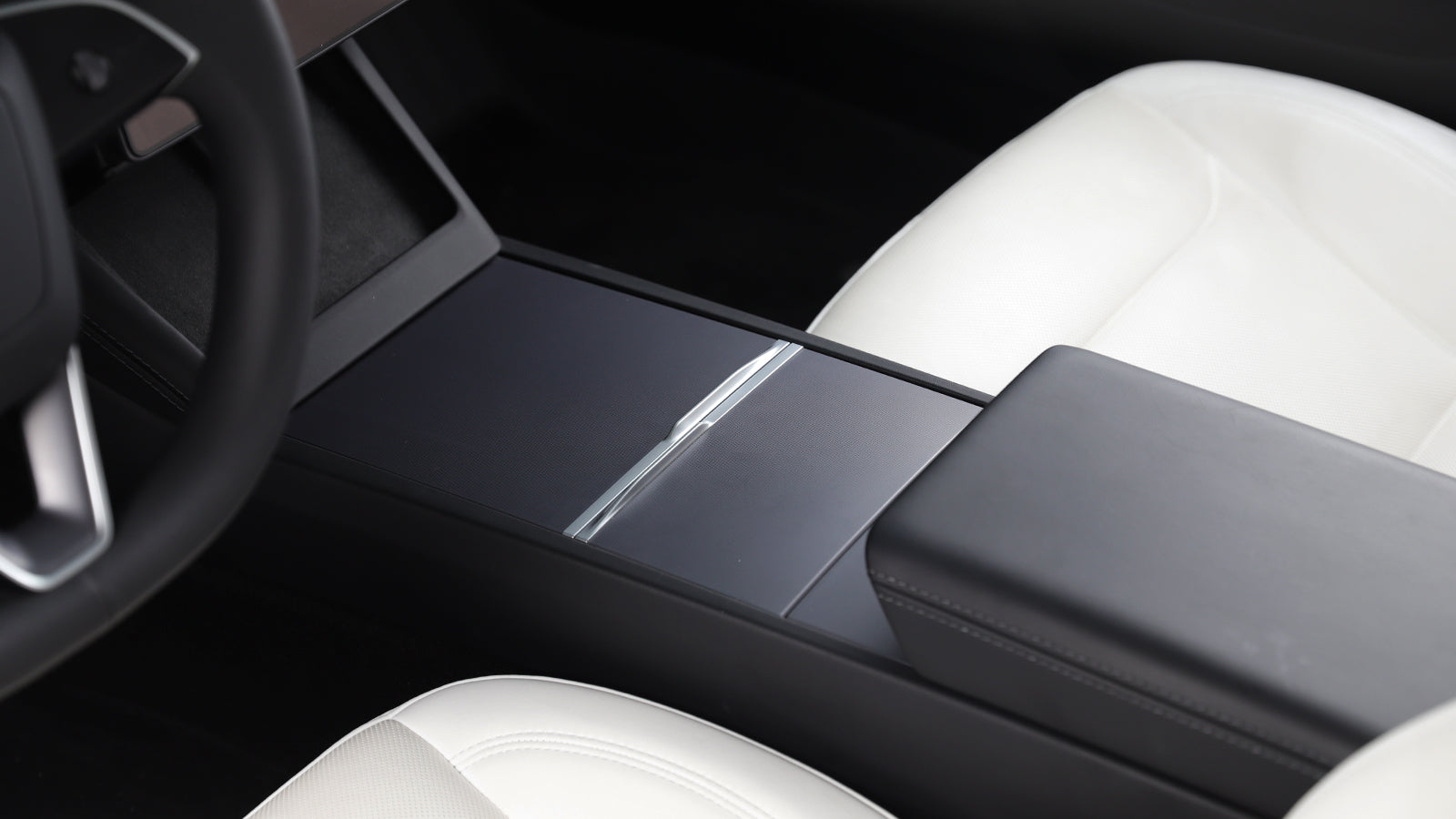
Revolutionizing Automotive Manufacturing: The Shift from Castings to Sheet Metal
Advancements in die-casting machines and cooling systems have allowed @Tesla to dramatically reduce cycle times and improve dimensional stability. pic.twitter.com/WB5ji67rvV
— Munro Live (@live_munro) March 11, 2025
Table of Contents
1. Introduction
2. The Transition from Castings to Sheet Metal
3. Computational Fluid Dynamics (CFD) in Automotive Design
4. Conclusion: Should You Wait for the New Models?










